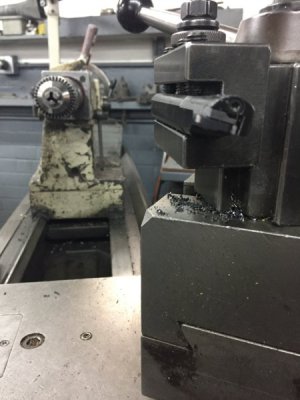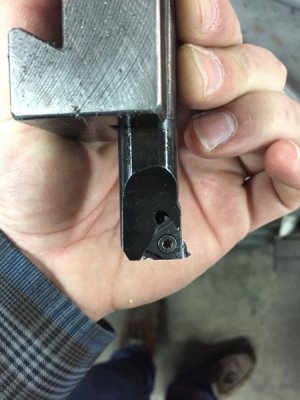- Joined
- Jan 27, 2017
- Messages
- 16
One of the last task of a project I'm building requires threading on the lathe. So far I have found it challenging. I need to turn a 1.5-20 male thread on a 4140 bar stock and the female thread in separate part that threads on to the first. This is my first project requiring lathe threading
The first part I made had the male thread. I used a pitch micrometer and go/no go thread ring gage. I next proceeded to make the female part. I bored to the minor dia , created a clearance grove and planed on cutting thread until the mating part could screwed on.
Without a male thread gage I didn't know how else to cut the thread to size
I used boring bar with thread insert at 90rpm. The tool was on center. I ran machine in reverse with lead screw turning the same direction as chuck. Cutting tool was upside down. I was able to produce correct pitch but I could not make the parts fit each other.
After threading I noticed the minor diam would reduce in diameter by .030" so I had to switch tool and bore back to original minor diam. i think it was a burr created from threading. I then had to change back to thread form tool and cut thread deeper. I am happy that I didn't manage to cross thread.
I need help/tips? Do they make internal pitch micrometers? I would hate to have to sub the threading out , this is a personal project.
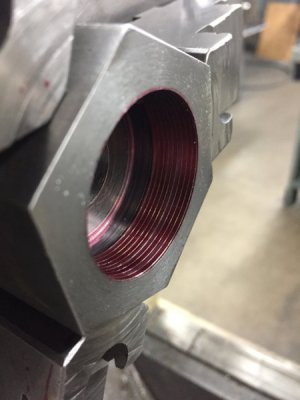
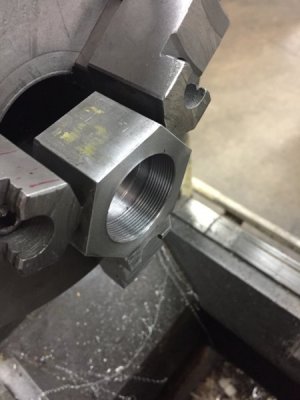
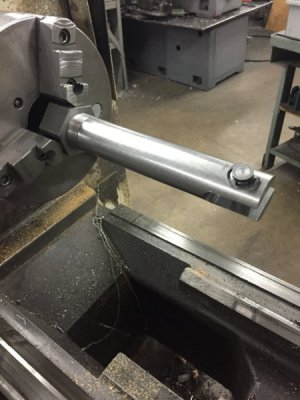
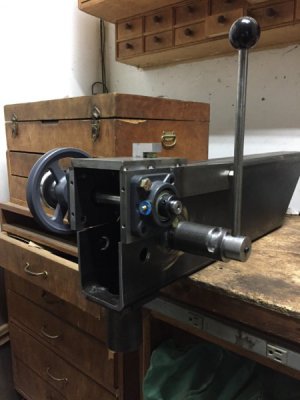
The first part I made had the male thread. I used a pitch micrometer and go/no go thread ring gage. I next proceeded to make the female part. I bored to the minor dia , created a clearance grove and planed on cutting thread until the mating part could screwed on.
Without a male thread gage I didn't know how else to cut the thread to size
I used boring bar with thread insert at 90rpm. The tool was on center. I ran machine in reverse with lead screw turning the same direction as chuck. Cutting tool was upside down. I was able to produce correct pitch but I could not make the parts fit each other.
After threading I noticed the minor diam would reduce in diameter by .030" so I had to switch tool and bore back to original minor diam. i think it was a burr created from threading. I then had to change back to thread form tool and cut thread deeper. I am happy that I didn't manage to cross thread.
I need help/tips? Do they make internal pitch micrometers? I would hate to have to sub the threading out , this is a personal project.




Last edited:

